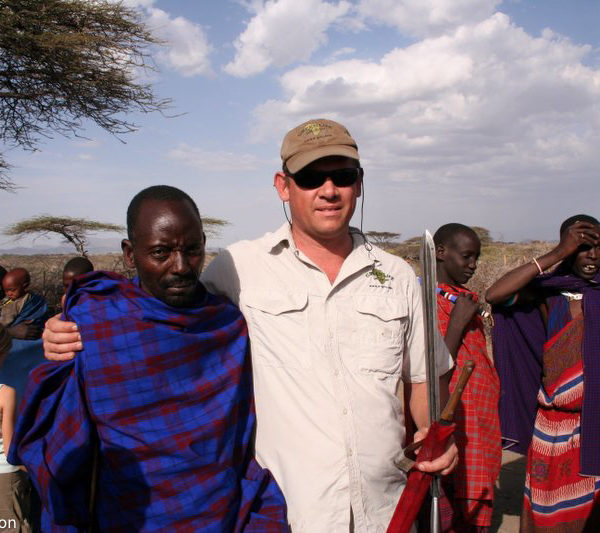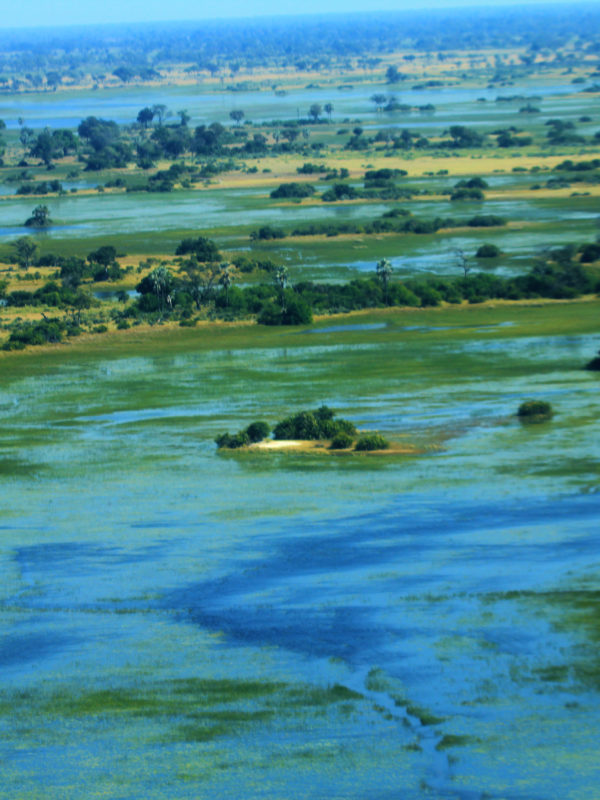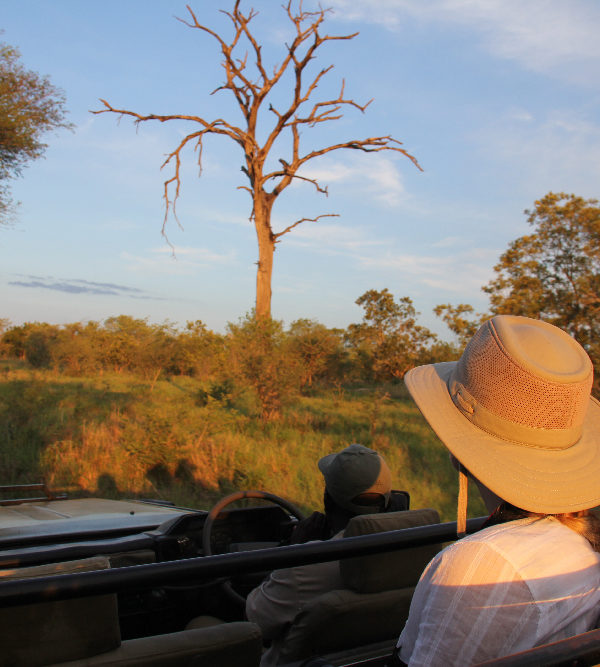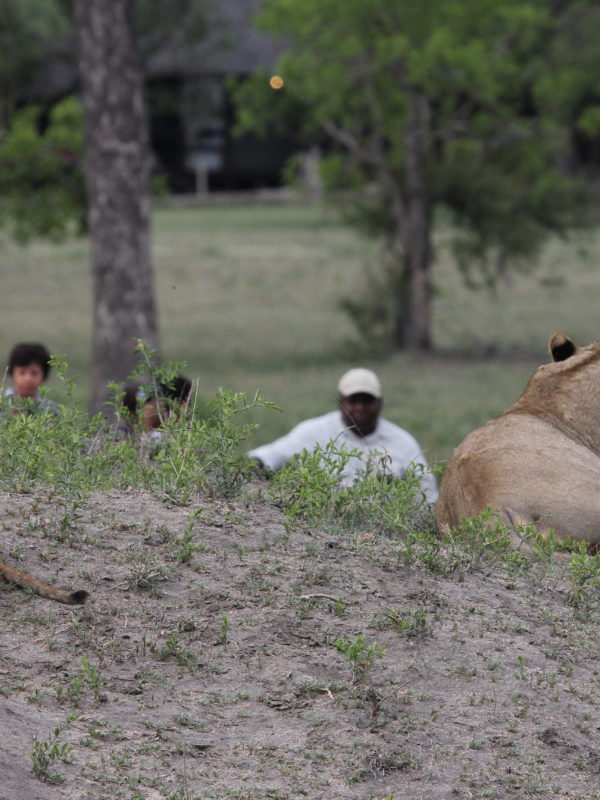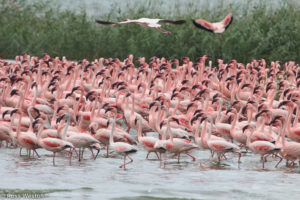This park of exceptional beauty is situated on the Kafue River floodplain, easily accessible midway between Livingstone and Lusaka. It extends from the Kafue River in the north, to low wooded hills in the south and includes the Chunga Lagoon whose levels fluctuate according to river flow. Within the park are two National Monument sites: Sebanzi Hill iron-age village site which has dramatic views over the
surrounding flats and thick bushland, and the sulphurous Gwisho Hot Springs whose saline deposits attract animals who delight in licking the salt. Lochinvar is a tranquil hideaway far from the main safari circuits, offering peace and beauty together with ever-changing waterscapes. Local villagers are also part of the eco system and support themselves by fishing from mokoro dug-out canoes.
ANIMALS AND BIRDS
The glinting waterways attract an incredible number of birds and masses of antelopes on the Kafue floodplains, including about 2,000 blue wildebeest and the last stronghold of approximately 30,000 graceful, aquatic Kafue lechwe.
Big game is restricted to hippo and buffalo and predators include leopard and spotted hyena. With over 400 species of birds there are always plenty to see.
SEASONS
Zambia has three main seasons:
Hot Rainy Season: December to March is hot, humid and rainy with an abundance of insects. Lodges often close from December to March, as roads become impassable. Expect midday temperatures of at least 82°F (28°C)
Cool Dry Winter: May to September is cool and dry with pleasant mid-term temperatures around 75°F (24°C). Night temperatures go down to 46°F (8°C). Warm clothing is advisable for winter evenings.
Hot Dry Season: October and November becomes hotter reaching approximately 95°F (35°C).
The best time to visit Lochinvar is during the dry months from June to November.
LOCHINVAR SPECIALITIES
• Mokoro (dug-out canoe) excursions
• Guided walks
• Sitatunga rare aquatic antelope
• Sport fishing
• Night drives
• Cultural visits to nearby fishing villages
• Hot springs
• Iron-age archaeological sites
• Exquisite ‘Out of Africa’ lodges
• Outstanding birding opportunities
FACTS
This is a malarial area
The park is 428 square kilometres.

